 Walter Crane Self Portrait, 1912
Walter Crane Self Portrait, 1912 
 Planet Friendly Publishing
Planet Friendly Publishing
 Made in the United States
Made in the United States Printed on Recycled Paper Text: 10% Cover: 10%
Printed on Recycled Paper Text: 10% Cover: 10%
Learn more: www.greenedition.orgAt Dover Publications were committed to producing books in an earth-friendly manner and to helping our customers make greener choices.Manufacturing books in the United States ensures compliance with strict environmental laws and eliminates the need for international freight shipping, a major contributor to global air pollution.And printing on recycled paper helps minimize our consumption of trees, water and fossil fuels. The text of The Art & Illustration of Walter Crane was printed on paper made with 10% post-consumer waste, and the cover was printed on paper made with 10% post-consumer waste. According to Environmental Defenses Paper Calculator, by using this innovative paper instead of conventional papers, we achieved the following environmental benefits: Trees saved:10 Air Emissions Eliminated:872 pounds Water Saved: 4,089 gallons Solid Waste Eliminated: 255 pounds For more information on our environmental practices, please visit us online at www.doverpublications.com/green Copyright Copyright 2010 by Dover Publications, Inc.
Text copyright 2010 by Jeff A. Menges
All rights reserved. Bibliographical Note The Art & Illustration of Walter Crane, first published by Dover Publications, Inc., in 2010, is an original compilation of illustrations from the following sources: The Three Bears Picture Book, George Routledge and Sons, London, 1874; Walter Cranes Toy Books, George Routledge and Sons, London, 1874; Goody Two Shoes Picture Book, George Routledge and Sons, London, 1874; The Babys Opera: A Book of Old Rhymes with New Dresses, George Routledge and Sons, Ltd., London and New York, 1877; The Necklace of Princess Fiorimonde and Other Stories, Mary De Morgan, Macmillan & Co., London, 1880; Household Stories by the Brothers Grimm, The Brothers Grimm, Macmillan & Co., New York, 1882; Pan Pipes: A Book of Old Songs, Theo Marzials, George Routledge and Sons, Ltd., London, 1883; Bric-A-Brac Stories, Mrs. J. M. D. D.
Mieklejohn, Mieklejohn & Holden, 1885; Pothooks and Perseverance: or the ABC-serpent, Walter Crane, Marcus Ward & Co. Ltd., London, 1886; The Happy Prince and Other Fairy Tales, Oscar Wilde, Longmans, Green, and Co., New York and London, 1888; The Book of Wedding Days, K. E. J. Reid, May Ross, and Mabel Bamfield, Longmans, Green, and Co., London and New York, 1889; Floras Feast: A Masque of Flowers, Walter Crane, Cassell & Company, Ltd., London, Paris, New York & Melbourne, 1889; Queen Summer: or, The Tourney of the Lily and The Rose, Walter Crane, Cassell & Company, Ltd., London, Paris, New York & Melbourne, 1891; A Wonder Book for Girls and Boys, Nathaniel Hawthorne, Osgood, McIlvaine & Co., London, 1892; The Old Garden and Other Verses, Margaret Deland, Osgood, McIlvaine & Co., London, 1893; The Tempest, William Shakespeare, J. M.
Dent and Company, London, 1893; A Book of Christmas Verse, H. C. Beeching, Methuen and Company, London, 1895; The Faerie Queene, Edmund Spenser, George Allen, London, 189496; The History of Reynard the Fox, F. S. Ellis, David Nutt, London, 1897; The Shepheards Calendar, Edmund Spenser, Harper & Brothers, London & New York, 1898; Don Quixote of the Mancha, retold by Judge Parry, John Lane, New York, 1900; A Masque of Days, Elia, Cassell & Company, Ltd., London, Paris, New York, Melbourne, 1901; Flowers from Shakespeares Garden, Walter Crane, Cassell & Co., Ltd., London, Paris, New York, & Melbourne, 1906; King Arthurs Knights, Henry Gilbert, T. & E. C. C.
Jack, London and Edinburgh, 1911; Robin Hood and the Men of the Greenwood, Henry Gilbert, T. C. & E. C. Jack, London and Edinburgh, 1912. Library of Congress Cataloging-in-Publication Data Crane, Walter, 18451915.
The art & illustration of Walter Crane / Walter Crane; selected and edited by Jeff A.
Menges.
p. cm.
The Art & Illustration of Walter Crane, first published by Dover Publications, Inc., in 2010,
is an original compilation of illustrations from a variety of sources published between 1874 and 1912. 9780486135830 1. Crane, Walter, 1845-1915Themes, motives. I. II. II.
Title.
III. Title: Art and illustration of Walter Crane.
NC978.5.C7A4 2010
741.6092dc22 2010024286 Manufactured in the United States by Courier Corporation
47586701
www.doverpublications.com D edicated to Lynne Who remembered
having a Walter Crane
book as a child,
and lit up
like a candle in the night
when she went through it again. INTRODUCTION The body of work achieved by Walter Crane during his long career in illustration and design reveals more than the story of a creative mind: it also tells the tale of the development of publishing during the late nineteenth and early twentieth centuries. Crane was a driving force in the world of Victorian art who not only participated in the radical shifts that publishing went through during those years; he also was a leading figure who had the vision to see what improvements could be madeand then led the way.  The kings son danced with her CINDERELLA The Three Bears Picture Book, 1874 Born in Liverpool, England, on August 15, 1845, Walter Crane grew up surrounded by the influences of art. His father was a moderately successful portrait and landscape painter, and his older brothers were employed in the expanding field of the printing industry.
The kings son danced with her CINDERELLA The Three Bears Picture Book, 1874 Born in Liverpool, England, on August 15, 1845, Walter Crane grew up surrounded by the influences of art. His father was a moderately successful portrait and landscape painter, and his older brothers were employed in the expanding field of the printing industry.
As a child, Walter was especially fond of drawing, and he took advantage of opportunities to make drawings based on the portraits that his father painted. Walters early successes did not go unnoticed, and he received an apprenticeship as an engraver while a teen. Learning engraving was difficult, often tedious work for the young man, but his dedication brought him a fluency in the language of line. Crane spent three years as an engraver at the studios of William James Linton, who put him to work at many varied tasks in his shop. In addition, Linton, recognizing Cranes imaginative passion, provided the youth with creative outlets.  BRITOMART BY THE SEA, 1900 The apprenticeship served Cranes future as an artist in many wayshe had gained an insight into printing processes, which gave him a technical advantage when considering methods to improve upon the reproduction of his work.
BRITOMART BY THE SEA, 1900 The apprenticeship served Cranes future as an artist in many wayshe had gained an insight into printing processes, which gave him a technical advantage when considering methods to improve upon the reproduction of his work.
It provided him with a network of professionals who knew of his work with Linton. And it gave Crane an understanding of craftsmanship, which would become increasingly important to him later on in lifewhen Crane felt it had begun to dwindle from the materials consumed and produced in Victorian England. Not long after his apprenticeship ended, Crane was at work as a professional illustrator. His rich imagination made childrens books a natural vehicle for his creativity. A thin, inexpensive volume known as a toybook would become his livelihood for the next decade. Crane worked with his publishers to develop a type of childrens book that made good use of the new printing technology, as well as offering attractive art and decoration at an affordable price.
Next page
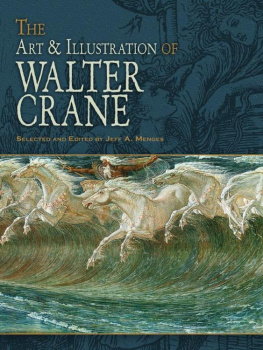

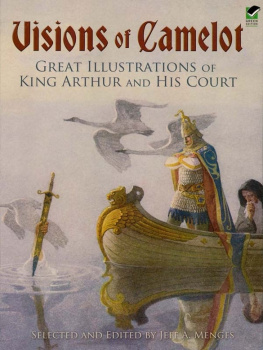
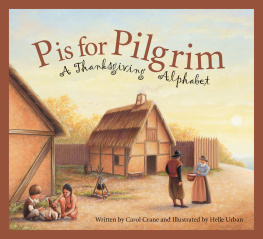

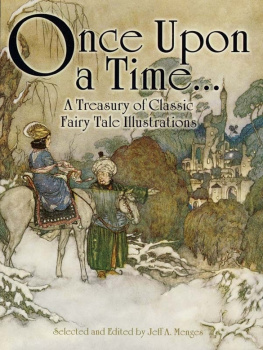
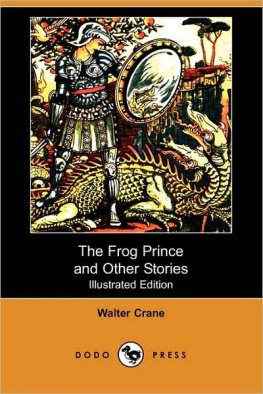

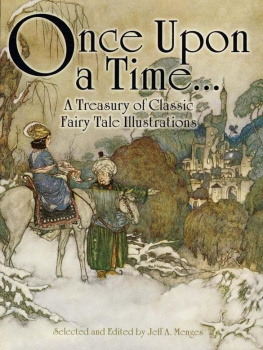
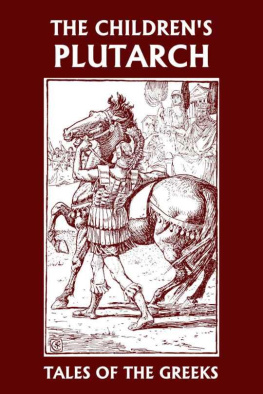
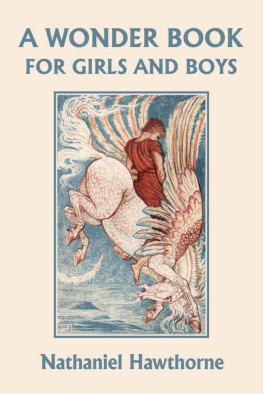
 Walter Crane Self Portrait, 1912
Walter Crane Self Portrait, 1912 
 Planet Friendly Publishing
Planet Friendly Publishing Made in the United States
Made in the United States The kings son danced with her CINDERELLA The Three Bears Picture Book, 1874 Born in Liverpool, England, on August 15, 1845, Walter Crane grew up surrounded by the influences of art. His father was a moderately successful portrait and landscape painter, and his older brothers were employed in the expanding field of the printing industry.
The kings son danced with her CINDERELLA The Three Bears Picture Book, 1874 Born in Liverpool, England, on August 15, 1845, Walter Crane grew up surrounded by the influences of art. His father was a moderately successful portrait and landscape painter, and his older brothers were employed in the expanding field of the printing industry. BRITOMART BY THE SEA, 1900 The apprenticeship served Cranes future as an artist in many wayshe had gained an insight into printing processes, which gave him a technical advantage when considering methods to improve upon the reproduction of his work.
BRITOMART BY THE SEA, 1900 The apprenticeship served Cranes future as an artist in many wayshe had gained an insight into printing processes, which gave him a technical advantage when considering methods to improve upon the reproduction of his work.